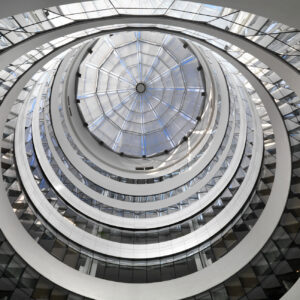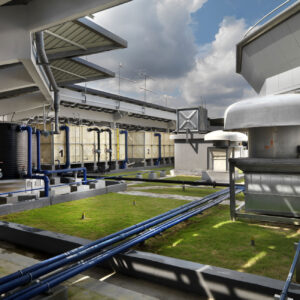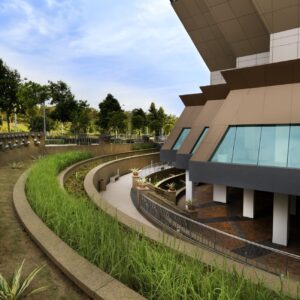Top 10 Most Impressive Buildings in Malaysia
- Travel Tips
-
Feb 04
- Share post
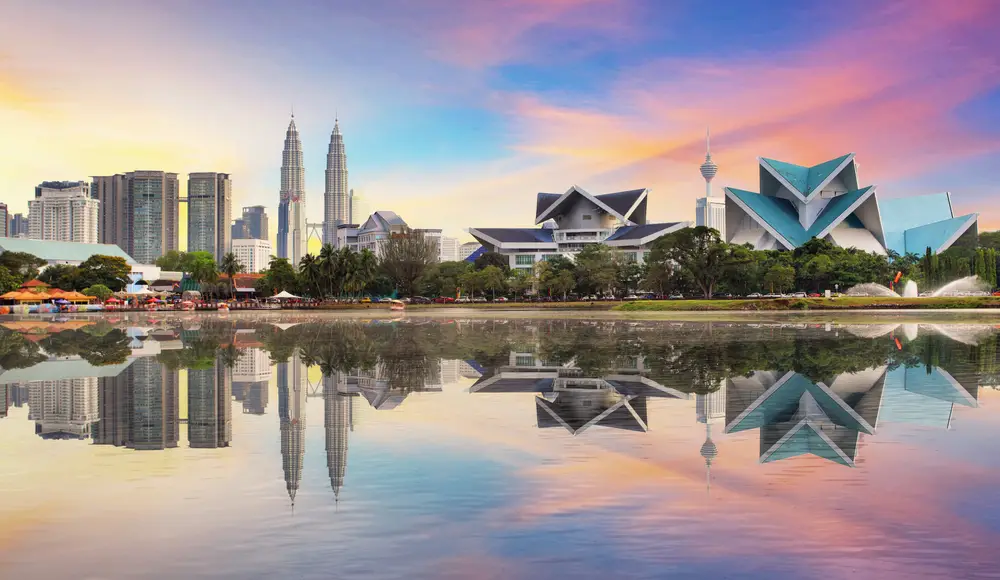

Colourful culture and tradition, mouth-watering food and street snacks, shopping malls, and perhaps, traffic jams—these are probably some of the things that often pop up in your mind whenever the word Malaysia is mentioned.
Although it is, after all, true that those are some of the things that Malaysia is popularly known for, there is also one more thing that people often overlook; the country’s unique buildings and architecture designs.
Here are some of the most impressive buildings that you can find in Malaysia that are not only designed to impress, but also to highlight the nation’s beautiful culture and long-lasting tradition!
Petronas Twin Towers
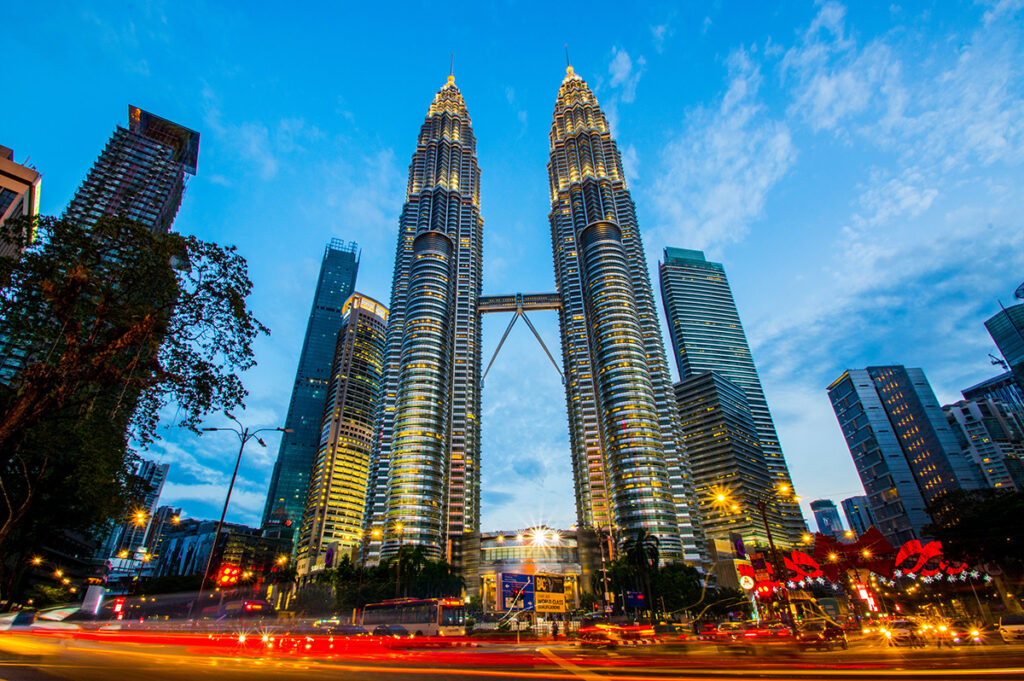
Standing at the height of over 450 metres, the Petronas Twin Towers are no doubt Malaysia’s pride and joy. Named as the world’s tallest twin skyscrapers and also known as KLCC Twin Towers, this 88-storey building is actually designed by an Argentine-American architect named Cesar Pelli.
To mirror the official religion of the country, it is not a surprise when most parts of the skyscraper are influenced by the Islamic motifs—believe it or not, when viewed from above the twin towers resemble the eight-pointed Islamic Star known as the Rub el-Hizb!
So, apart from admiring the beauty of this iconic structure of Malaysia from below, what else can you do here? You can either get a ticket to gain access to its skybridge which connects the two towers on the 41st and 42nd level or splurge some of those paychecks at Suria KLCC, KL’s most popular shopping mall at the foot of the twin towers.
KL Tower
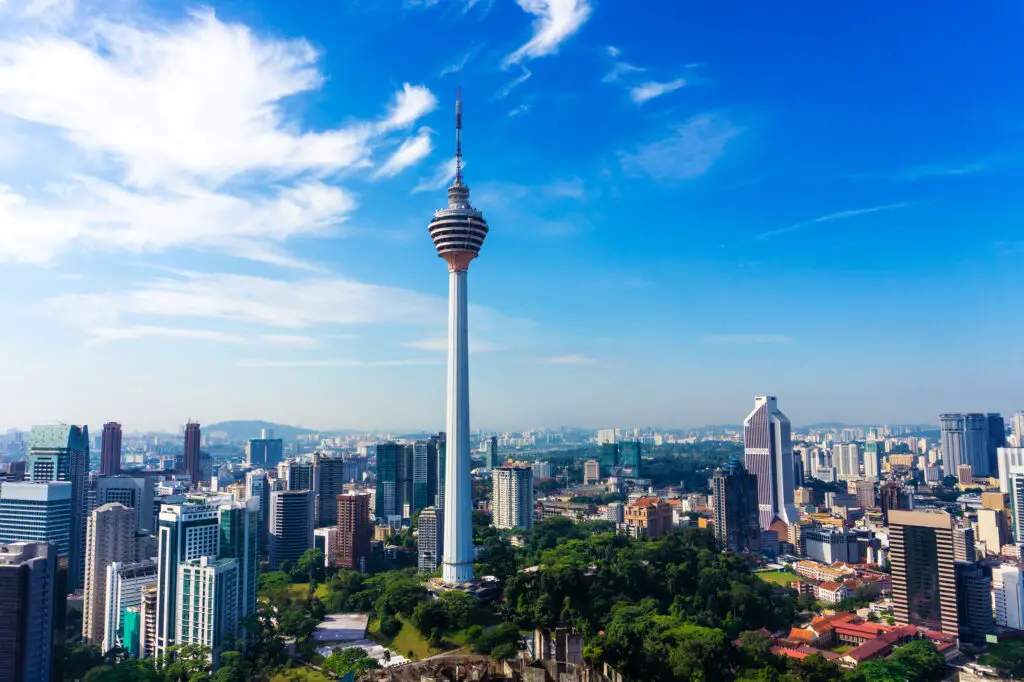
The KL Tower or also locally known as Menara Kuala Lumpur is yet another one of KL’s most impressive skyscrapers. Located at Jalan Puncak just a few minutes away from the Bukit Nenas monorail station, this 421-metres telecommunications tower is no doubt the best spot should you wish to enjoy a beautiful panoramic view of the colourful city skyline—if you’re also in the mood for a one-of-a-kind dining experience, get a reservation at Atmosphere 360, an elegant and classy revolving restaurant located over 280 metres above ground level!
Almost similar to the KLCC, the KL Tower is also designed with a splash of Islamic art influence—this tower is also used as an observatory for the crescent moon which is observed to determine the start of the fasting month, Ramadhan.
This iconic tower also features other attractions such as a mini zoo and an aquarium. Those who are planning to challenge their physical endurance and fitness level can also participate in the tower’s annual staircase run.
Merdeka 118
The Petronas Twin Towers were once known as Malaysia’s tallest building, but today, that title has been passed down to Merdeka 118, another one of Kuala Lumpur’s impressive skyscrapers with a unique spire design and multi-faceted diamond facade. Also named as the second tallest building in the world—right under the 800 metre Burj Khalifa—Merdeka 118 towers over the entire city at 678 metres!
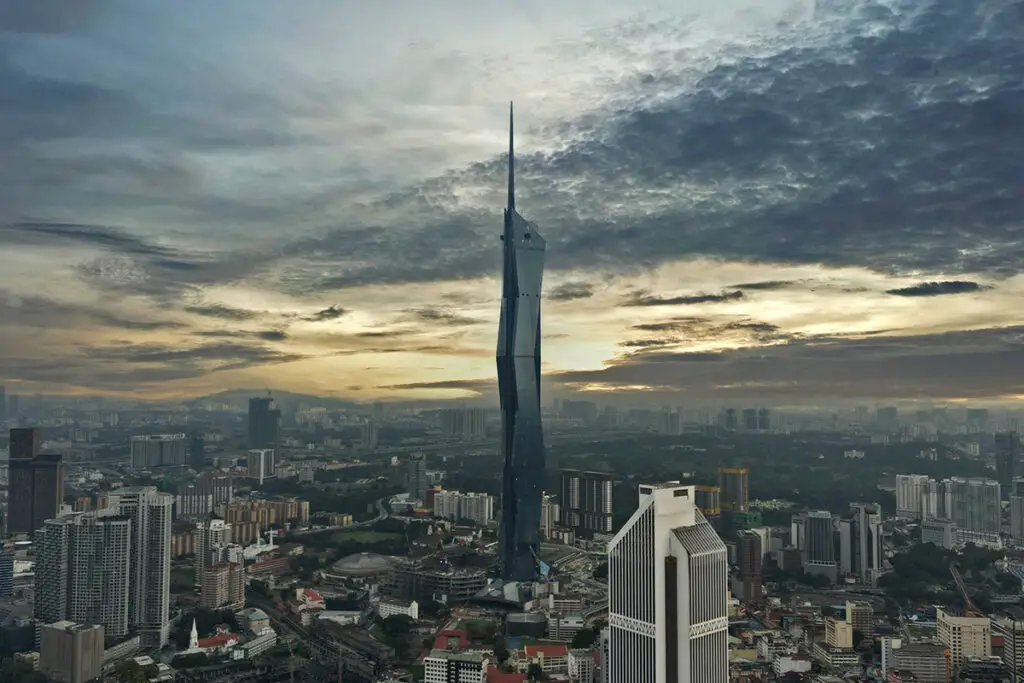
Constructed to commemorate the nation’s independence in 1957, the skyscraper gained its name due to its location overlooking Dataran Merdeka, a historical square where the Malaysian flag was hoisted for the very first time, replacing the Union Flag.
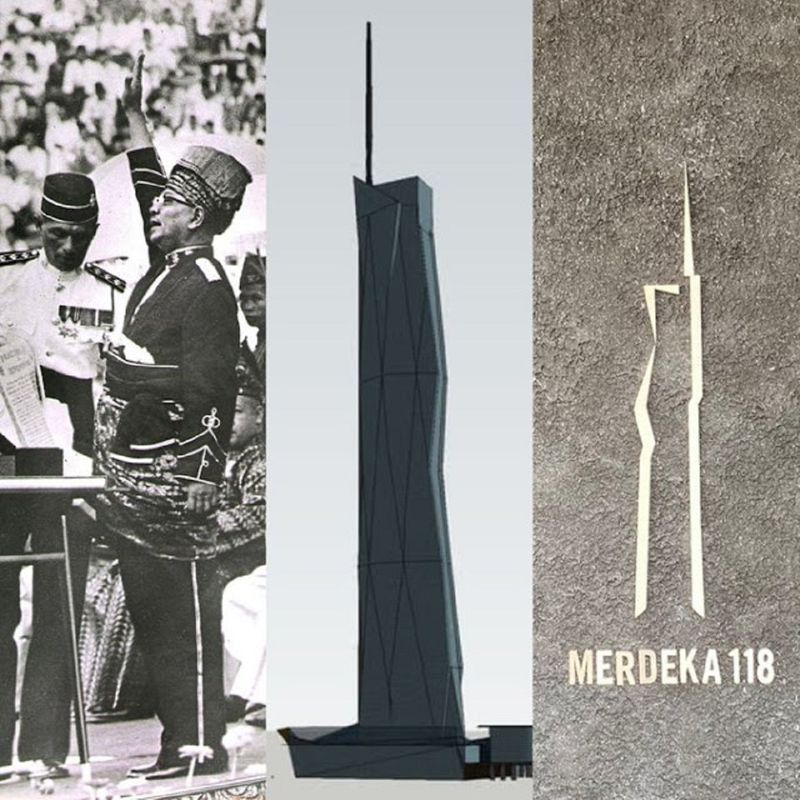
Image source: gulfnews.com
Aside from the unique multi-faceted diamond facade which is said to represent the diversity of Malaysians, its peculiar shape is specifically designed to resemble the iconic gesture of Malaysia’s first prime minister, Tunku Abdul Rahman when he first declared independence—he had his right hand raised while chanting the word “Merdeka” seven times.
National Mosque of Malaysia
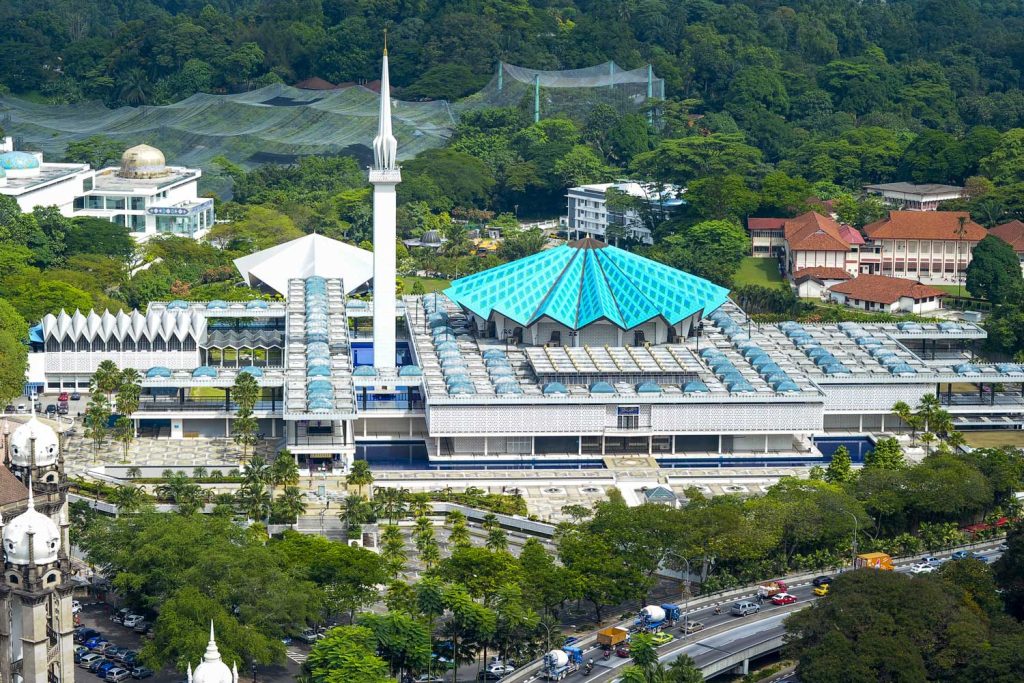
One glimpse at the National Mosque and you’ll immediately notice its dome which uniquely distinguishes it from the rest of the mosques scattered throughout the city—the dome of the national mosque looks like the canopy of an umbrella rather than the typical rounded dome found on most mosques.
Constructed between 1963 and 1965, the mosque was initially planned to be named after Tunku Abdul Rahman, however, this proposal was declined by the minister himself who later on, suggested that the religious building be named “Masjid Negara” to signify the country’s unity and harmony.
Influenced by the mosques in Saudi Arabia, Spain, India, and of course, Turkey (specifically the famous Blue Mosque), the mosque also features a 75-metres high minaret which is used to sound the call to prayer, a lush 13 acre garden, and a library. Being one of the biggest mosques in Southeast Asia, the National Mosque can fit up to 15,000 people at once!
Putrajaya Energy Commission (The Diamond Building)
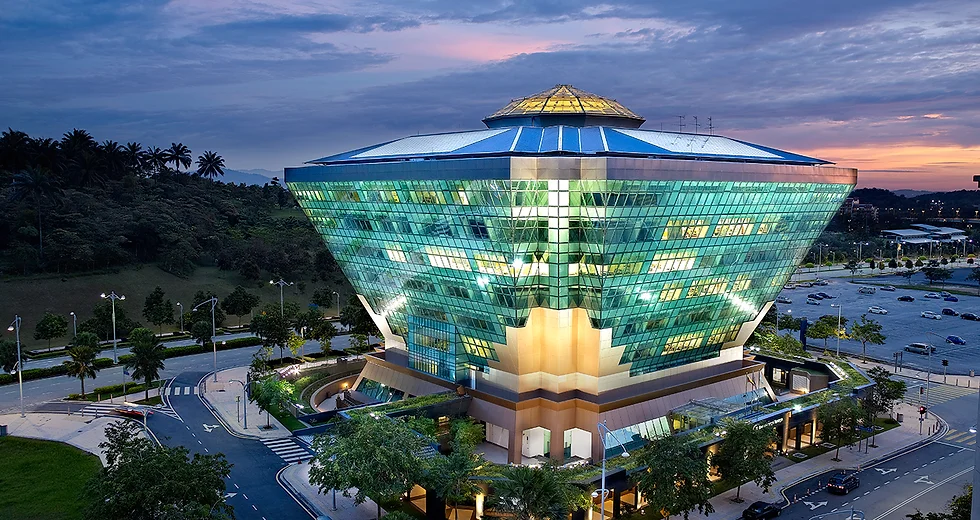
Image source: Ien.com.my
Located in Precinct 2, Putrajaya, the Putrajaya Energy Commision building can be easily spotted by its shiny diamond-shaped facade. This green certified building is not only best known for its unique architectural design, but also its clever innovation to help reduce energy consumption and promote the use of sustainable building material.
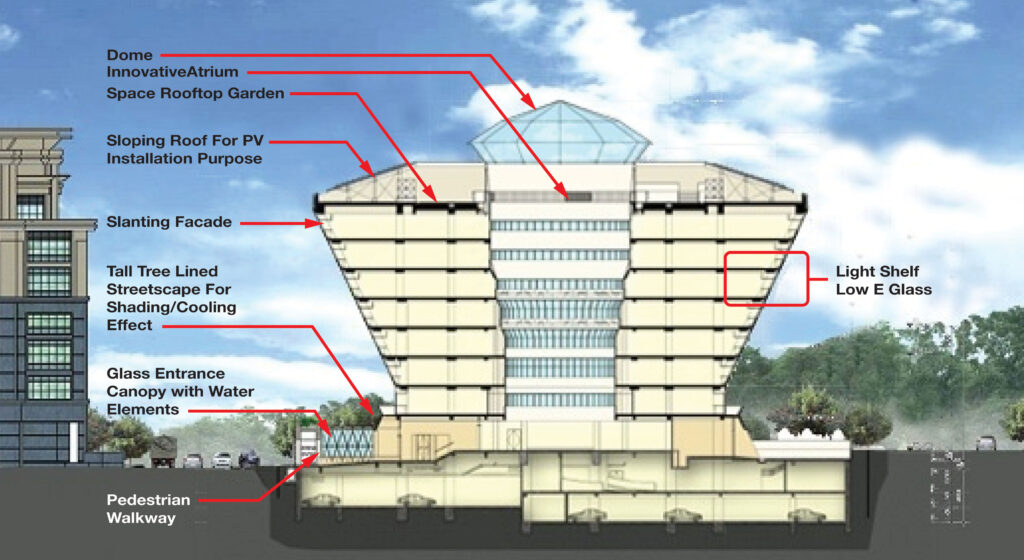
Image source: st.gov.my
Constructed almost entirely with glass and topped with a transparent dome, this building managed to cut down its electric usage since most of the spaces utilise the natural light that shines through.
Whenever the sun is not shining bright, the lights will automatically turn on. Solar panels are also installed on top of the building which enables the building to save up to 40% of their electricity. Apart from electricity usage, the building also recycles its water—with a special drainage system the water used to wash our hands in the toilet is then used to water the plants surrounding the area!
Kellie’s Castle
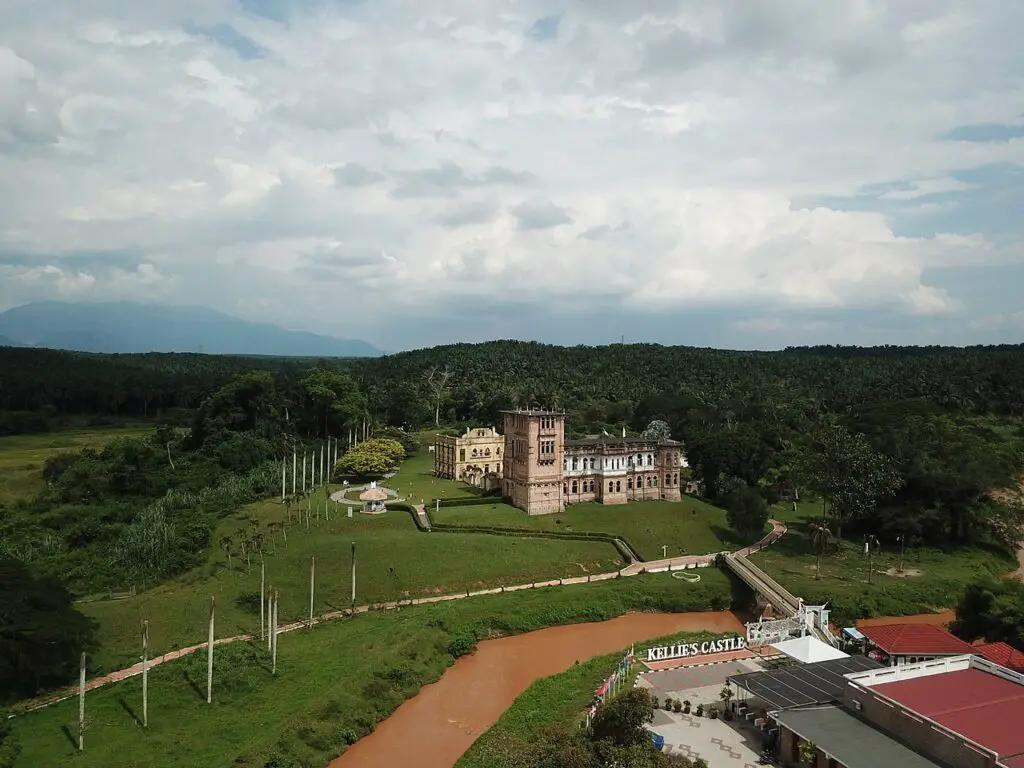
Image source: Wikipedia
Besides all of the modern architecture, Malaysia is also home to a great number of historical buildings whose architectural designs are impressive enough that they managed to stand through the test of time! One of them is none other than Kellie’s Castle which can be found standing in Perak since 1910.
Built by a wealthy Scottish man named William Kellie-Smith, the mansion was supposed to act as his symbol of love for his beloved wife. The Scotsman was believed to have admired the cultures of India and Hindu which explains why most parts of the mansion was once filled with items imported from the said country.
However, the construction of the mansion was never completed due to a couple of major setbacks—most of the construction workers succumbed to the Spanish Flu and William himself died of Pneumonia in the mid ‘20s.
What stands today is only parts of the incomplete building—many even believe the entire place to be haunted—but the architecture itself is definitely something way different from the other structures usually found in Malaysia!
Melaka Sultanate Palace
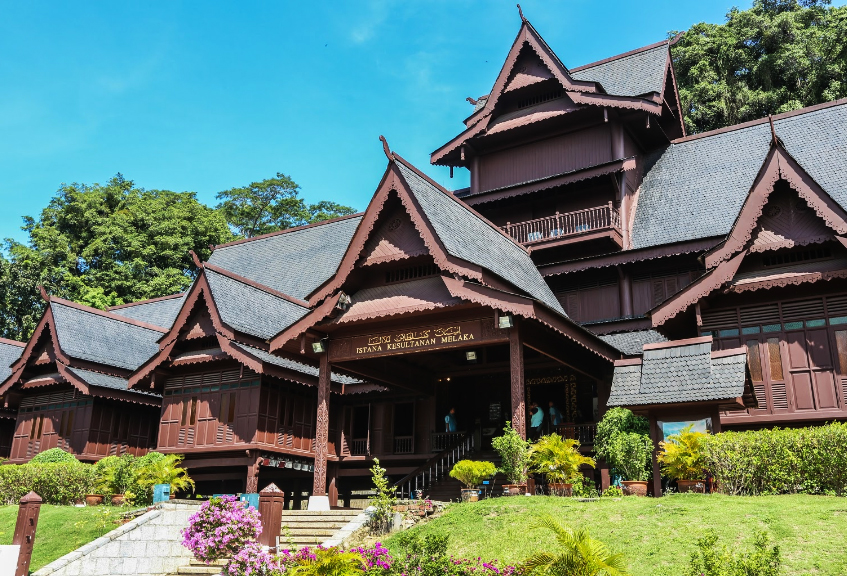
Despite being built sometime in the ‘80s, many years after the period of the Malacca Sultanate, this museum is the best example of how a traditional Malay palace would look centuries ago. The palace is constructed based on the Malay Annals, an old literary work that describes in detail the palace once belonged to Sultan Mansur Shah who reigned over Melaka during the 15th century.
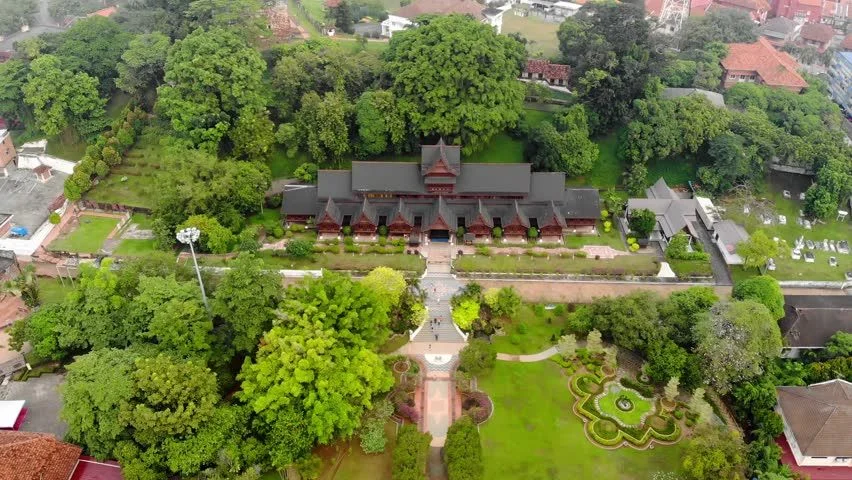
While structures made completely out of hardwood used to be pretty common back then, the most impressive feature of the palace is that the entire place is built without a single nail—only wooden pegs are used to join parts of the palace.
Kek Lok Si Temple
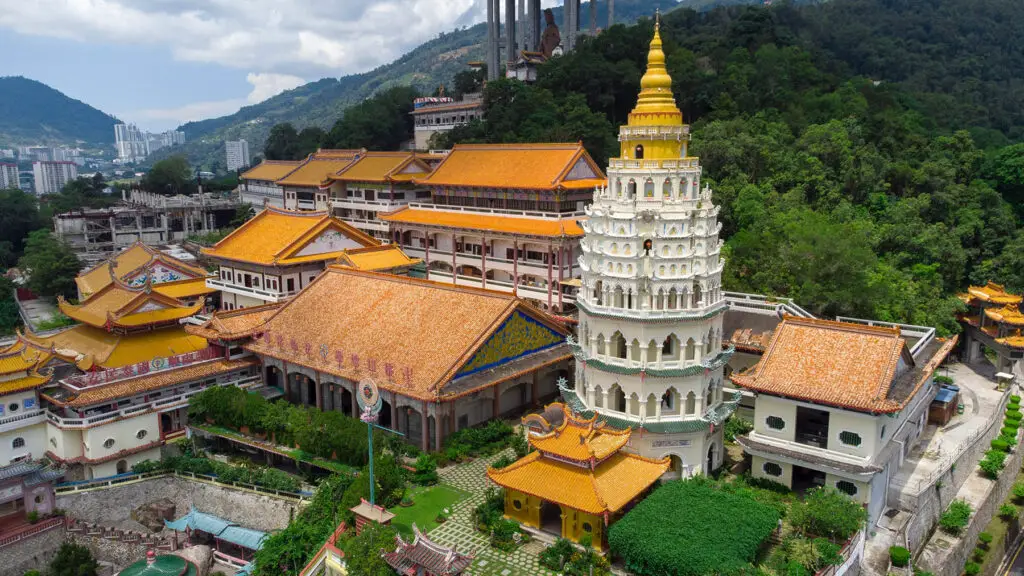
Situated in Air Itam, Penang, this magnificent temple is not your typical Buddhist place of worship as it also acts as a pilgrimage centre for Buddhists coming from various countries of Southeast Asia including the Philippines and Hong Kong!
Known to be the biggest Buddhist temple in Malaysia, the complex houses multiple temples with each featuring its very own unique look and design. The temple’s main pagoda, for one, infuses three different architectural styles—you can spot a combination of Chinese, Thai, and Burmese styles on this structure!
Built in the late 1800s, it is definitely amazing that this temple along with its fine architectural features still stand today with an almost unscathed condition. Visitors can even see the entire complex beautifully lit up during the month of Chinese New Year!
Sultan Abdul Samad Building
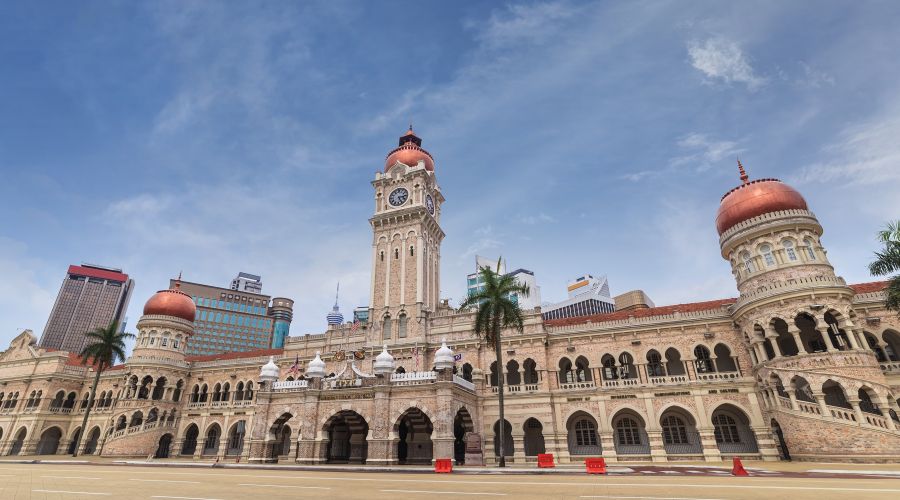
Constructed in the late 19th century, the iconic Sultan Abdul Samad building is definitely hard to miss as it can be found right in front of the Merdeka Square. A little history fun fact—before the construction began, the architects responsible for the designing the building initially proposed a Renaissance design!
Though the idea was rejected and immediately replaced the Indo-Saracenic style that we see today. The building features a 41 metre-tall clock tower, a big and shiny copper dome along with a 95-metre tall flag pole (one of the highest in the world) on its southern end.
Today, apart from being one of the most popular landmarks in KL, the Sultan Abdul Samad Building also houses the offices of the Ministry of Communications and Multimedia and the Ministry of Tourism and Culture of Malaysia.
While it is best visited at all times, it is also highly recommended for you to come around during independence day as the entire historical building will be installed with colour-changing LED light—so you can expect to see the building beautifully lit up under the night sky!
Sarawak State Legislative Assembly
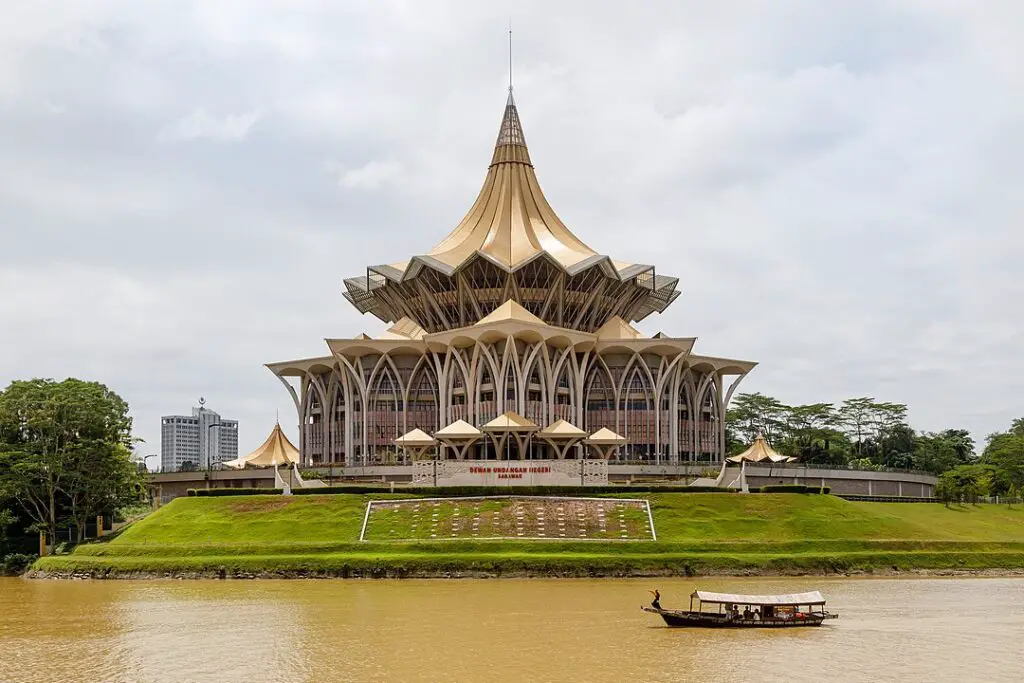
Image source: Wikipedia
Just as its name suggests, this particular building in Kuching, Sarawak, is used to house the Sarawak State Legislative Assembly—it is here that the Assemblymen of Sarawak would gather to discuss, debate, and pass new laws of the state.
Constructed in 2009 with a cost of nearly 300 million Ringgit, the most prominent feature of this building is none other than its roof which is specifically designed to resemble the Malaysian royal umbrella.
From above, one can also see that the cross-section of the structure is shaped like a nine-pointed geometric star which symbolises the unity of the nine divisions in Sarawak.
Standing on the north bank of the Sarawak River, this building has a height of over 27 metres and it also has nine floors in total.
Although most floors are filled with offices for the state assembly members and meeting rooms, visitors can gain access to the ninth floor which houses the public viewing gallery.
While some buildings in Malaysia are designed to look as modern as possible—especially those found in the heart of Kuala Lumpur—there are also others that feature a hint of traditional style to keep the culture alive.
Nevertheless, Malaysia is indeed full of impressive buildings and by the looks of it, the list will surely keep on growing for years to come.

